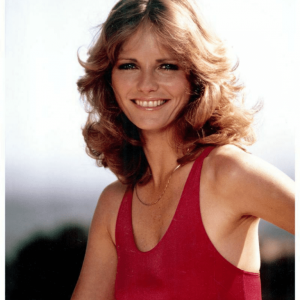She wasn’t loud. She didn’t need to be. Madeline Smith walked into the world of cinema like a breeze that you don’t feel until it’s already moved you. With her porcelain complexion and those expressive, soul-deep eyes, she captured the screen without ever trying too hard. In a time of bold statements and louder personalities, she remained gracefully understated—and that’s exactly what made her unforgettable.
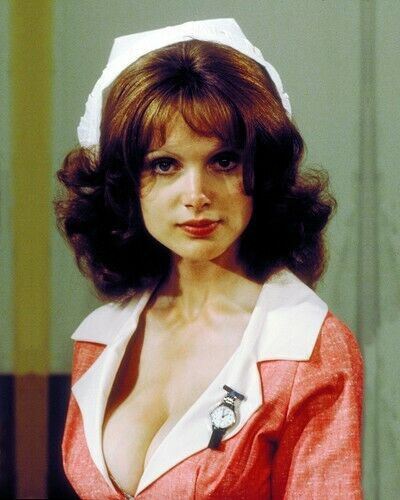
From Sussex Roots to Swinging London
Madeline Smith was born on August 2, 1949, in Hartfield, Sussex—a sleepy English village that seems almost too quaint to produce a screen siren. Raised in a traditional, middle-class household and educated at a convent school, she carried with her a sense of modesty and refinement that would later define her unique screen presence.
But when the 1960s rolled around and London became the heartbeat of global fashion and rebellion, Madeline found herself drawn to the city’s energy. She took a job at the now-legendary Biba boutique—an epicenter of bohemian style and celebrity magnetism. That’s where the magic began. She wasn’t hunting for fame. Fame, instead, found her.
Video: Oooo Look! – Pinky and Perky (Frankie Howerd – Joan Sims – Madeline Smith)
Biba to Big Screen: A New Kind of Starlet
Working at Biba opened doors. Her classic English beauty—think “English rose” with a quiet sensuality—caught the eyes of photographers. Soon, Madeline was modeling in fashion spreads and select men’s magazines. But unlike the brash bombshells of the era, she was something else: elegance wrapped in soft rebellion.
That contradiction got the attention of filmmakers. Her film debut came in 1967’s The Mini-Affair, a light comedy. But it wasn’t until she joined Hammer Films that her real impact started to take shape.
Queen of Gothic Glamour: Hammer Horror’s Darling
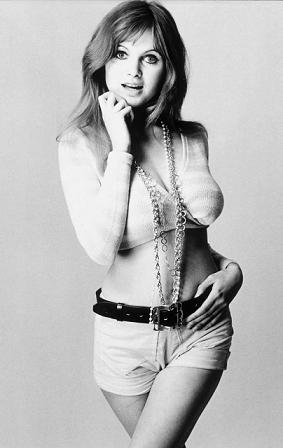
In the early 1970s, Hammer Films—a studio known for its gothic horror classics—was shifting toward a more provocative tone. And Madeline Smith was their muse.
She starred in Taste the Blood of Dracula and The Vampire Lovers in 1970. These weren’t just horror flicks. They were sultry, dark fairy tales, and Madeline was the fragile-but-fierce heroine at their core. Whether she was fending off vampires or getting caught in twisted plots, she always played her roles with more depth than expected. Vulnerable? Yes. But never helpless.
Her performances walked a fine line between innocence and allure—like a candle burning in a haunted room. You couldn’t look away.
Becoming a Bond Girl: Miss Caruso and the Bedroom Scene
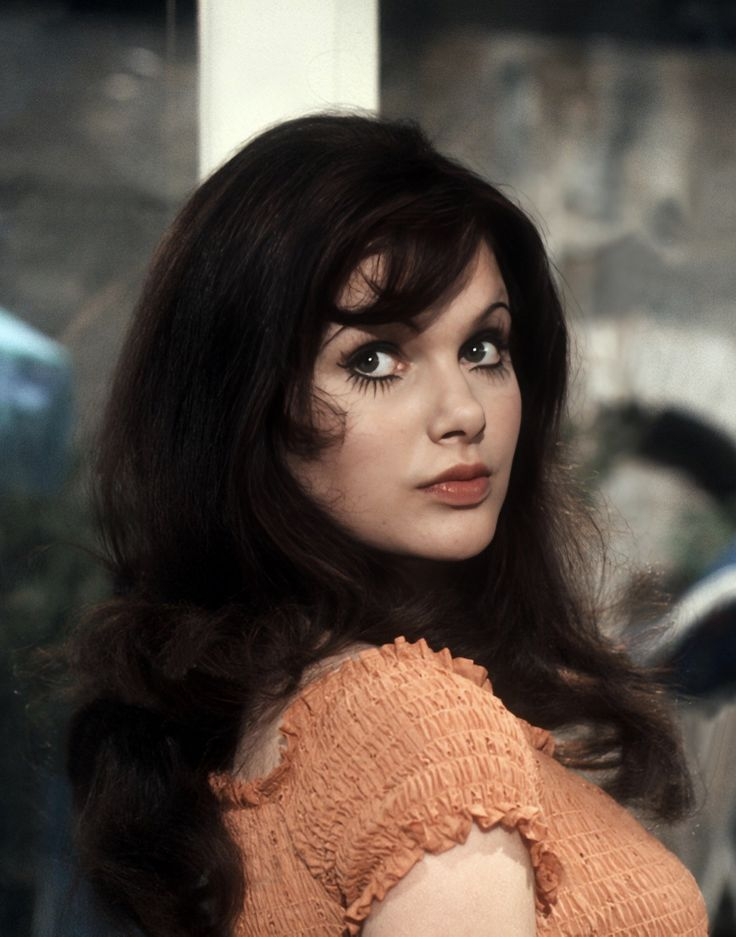
And then came Live and Let Die in 1973. Roger Moore was making his Bond debut, and Madeline was cast as Miss Caruso—his Italian companion in the film’s opening scene. It was brief, cheeky, and absolutely iconic. When Bond’s boss barges in, forcing Madeline’s character to hide under the sheets, it became one of the film’s most memorable moments.
Even with limited screen time, she carved her name into the Bond girl legacy. But unlike many who faded into obscurity afterward, Madeline stayed active and relevant throughout the decade.
A Comedy Natural on British TV
Video: The Vampire Lovers (1970) – Ingrid Pitt, Madeline Smith, & Kate O’Mara
While film roles kept coming, Madeline also found her stride on television. British comedy adored her, and for good reason. She showed up in The Two Ronnies, Steptoe and Son, and Up Pompeii!—bringing her signature mix of charm and wit to each role.
She wasn’t just the pretty face on screen—she had timing, subtlety, and the rare gift of being both radiant and relatable. It’s why audiences never grew tired of her.
Stepping Away on Her Own Terms
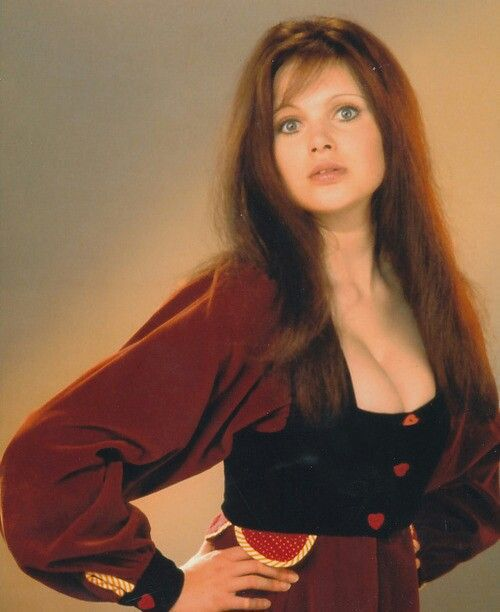
In the early 1980s, Madeline began to slip quietly out of the spotlight. There was no scandal, no downfall—just a decision. She married actor David Buck, had a daughter, and focused on family.
When David passed in 1989, Madeline kept her life private, raising her daughter and staying mostly out of the public eye. But far from being forgotten, her absence only added to her mystique.
The Return of a Cult Icon
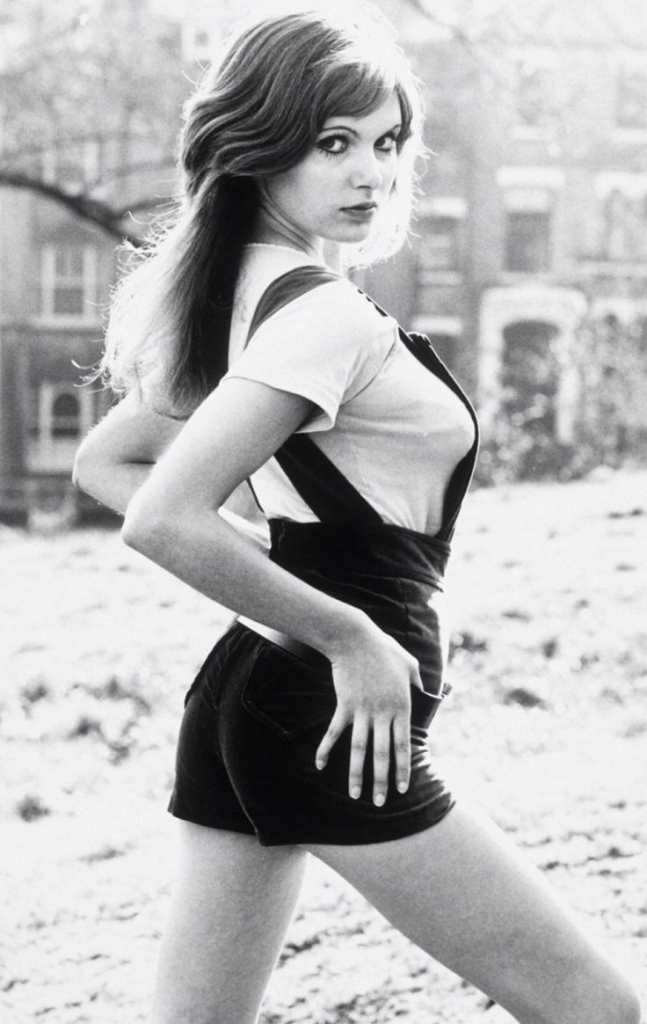
By the 2010s, nostalgia was booming. Cult horror conventions, vintage cinema festivals, and online fan forums started buzzing again with talk of the women who defined 1970s British film. And Madeline answered the call.
She appeared at events, gave interviews, and even returned to the stage in An Ideal Husband in 2018. The reception? Nothing short of reverent. Fans welcomed her like royalty—because, in a way, that’s exactly what she was.
Reflecting with Grace and Grit
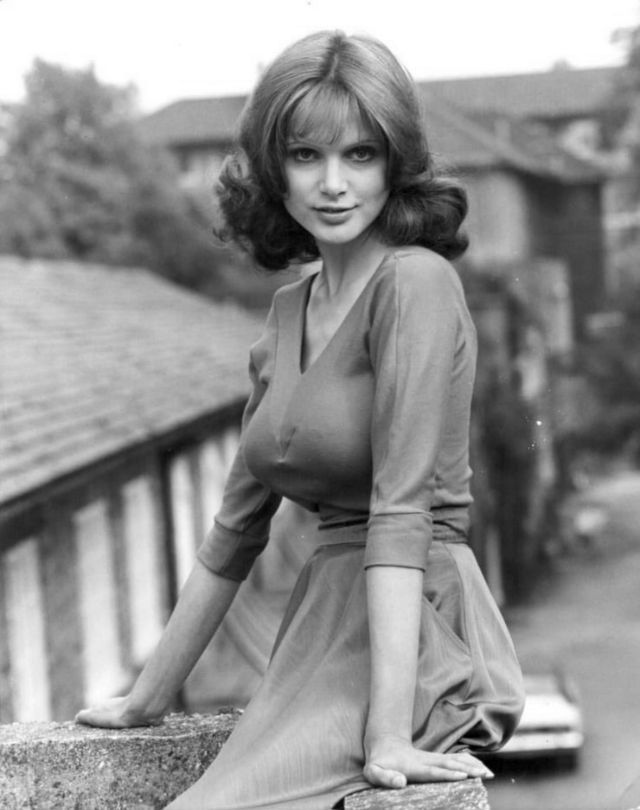
In candid interviews, Madeline spoke openly about her early career. She touched on the challenges—being typecast, the male-dominated industry, the unspoken rules young actresses had to navigate. But she never sounded bitter. Instead, she looked back with perspective and even gratitude.
She didn’t regret walking away. In fact, her graceful exit only reinforced her image: timeless, poised, and in control.
Legacy in Light and Shadow
Madeline Smith didn’t dominate headlines. She didn’t push her way to the top. But somehow, she left a lasting mark.
Her legacy isn’t in the number of films or awards. It’s in the feeling she left behind—the delicate balance of innocence and allure, vulnerability and strength. She was the kind of star you don’t just watch. You remember.
Conclusion
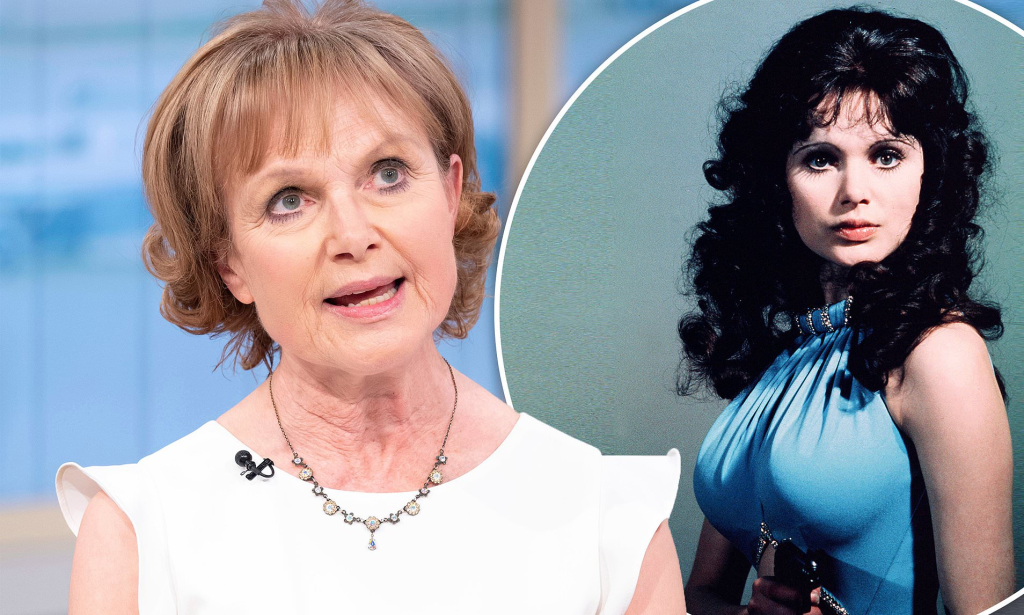
Madeline Smith was never trying to be a legend. She simply lived her truth—on screen and off—with quiet confidence and undeniable grace. In a world that often favors noise over nuance, she chose a different path. And maybe that’s why she still shines. Her legacy isn’t about headlines. It’s about presence. And when Madeline was on screen, the world paused—if only for a moment—and watched
